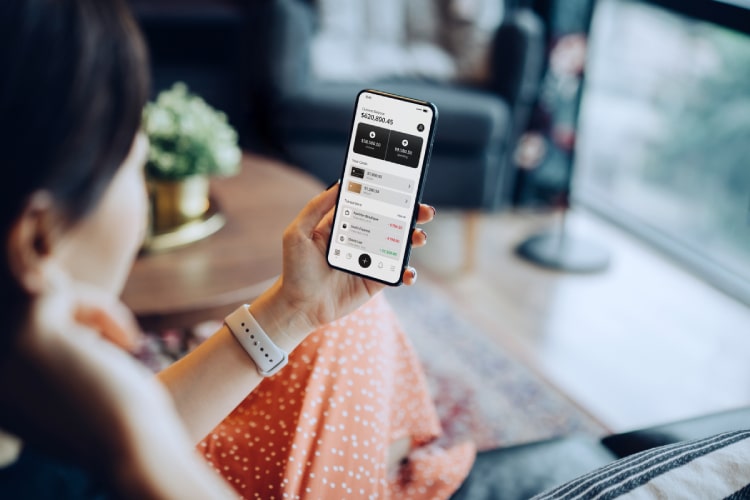To understand millennials, you have to first look at where we fall on the generational timeline. When we were born, we were described as the echo-boom, or the babies of the boomers. We closely followed Generation X into the world and ‘arrived’ during one of the greatest economic booms of the last century.
Reaganomics was king, stock markets were soaring and the financial and political crises of the late 70s were in the rearview. The Berlin Wall was on its way down, mobile telephones were becoming a mass market phenomenon, and the internet was just starting to connect homes to the world.
Looking at the above statement, you can quickly realize where you fall on that 15-year spectrum will have a great impact on how you perceive the world (similar to the boomers who were born right after the war to the boomers who came a decade later, you could be a liberal hippy or a conservative ‘Leave it to Beaver/Elvis’ fan); the two extremes are very different and acted very differently as well.
An easy three-way breakdown
To make looking at millennials a less daunting and confusing task, I think breaking them down into thirds is easiest. Each of these groups is slightly different and each has different rationales that are easiest to explain by tracking a few primary reference points: mass availability of personal computers in the home, mass availability of feature phones (Motorola StarTac and Nokia 9100), college graduation relative to the “Great Recession” and Apple’s iPhone and iPad releases.
Oldest Millennials – Family Millennials – Current age 30+
The first group to address are the oldest millennials, or the group born from 1980 to 1985, of which I am a proud member. This group has characteristics that mirror their predecessors in generation X; however in our millennial group, we are the oldest and have the longest track records to discuss and we’re also the group most likely to have started their own family unit.
First computers entered our lives, the timing obviously varies by family and school district, but for argument’s sake, let’s say the PC likely was around by the time my group was in early elementary school (late 1980’s early 1990’s). The cell phone made an appearance during our elementary/middle school years and we likely owned one or had access to one in high school.
We graduated college starting in 2002 through 2007, which meant that we graduated in time to enter the workforce in the end of the boom years of our economic expansion, employment was still somewhat plentiful as we exited college, and we were all issued our Blackberries upon entry. We watched from our desks as the lines formed for the “newest greatest device” release, a combination of a phone and an iPod, which Steve Jobs had christened as the iPhone.
- Computers entered their lives (elementary school)
- Cell phones availability/ownership (middle school/early high school)
- Graduated College in 2002-07
- iPhone released after college (2007)
Mid Millennials – The Boomerang Millennials – Current age 25-30
The second group were born from 1985 to 1990. They had computers in their homes by the time they were aware of such things, though they likely don’t remember the big box coming home and being set up in the corner of the living room. But they likely do remember playing games on the green screen and contracting scurvy while crossing the Colorado River with too much buffalo meat (I had to make an Oregon Trail reference at some point).
Cell phones to this group are like the computer to the older millennials; the group likely saw the first cell phones in their parent’s hands when they were in elementary school; by the time they hit middle school, their parents may have handed their old handset down and they definitely owned their own phone in high school.
This group was among the eager consumers waiting in long lines outside Apple Stores to get their hands on the new iPhone as they were in college during the release of the first iPhone (as well as the next two). This was the group that exited college just as the Great Recession started, and had the worst job prospects of exiting graduates we have seen in quite some time.
This is extremely important to note as the Great Recession has shaped a lot of our views toward relationships with brands and feelings toward financial institutions. This group helped give us the moniker of the boomerang generation as they moved home after graduating.
- Computers were in their homes
- Owned cell phones pre-high school
- iPhone released in College
- College Graduates 2007- 2012
Young Millennials – iMillenials – Current age 18 – 25
The final group is the young millennials, or the group of 1990’s kids. They represent our youngest cohorts and likely the most technologically forward thinking.
PCs were in the family homes when this group was brought home from hospitals; their parents may have also had cell phones to herald the good news to the world from their cars on the way home (handheld laws didn’t start passing until well later).
This group likely never owned a feature phone as smart phones were in the market during their middle school years and the iPhone made its market debut while the oldest of this generation were still in high school. Many of this group were also still living at home when the Great Recession took hold, and luckily were able to ride out the worst of it while they were still in school reading all about it on Apple’s next newest device, the iPad. The graduates from this cohort started to join the workforce in 2013 and will continue to round out our generation’s workforce for the next few years.
- iPhones released in middle school/high school
- iPad released in High School
- College Graduates 2013 – present
Having an understanding of who millennials are is going to be key as we begin to discuss aspects of dealing with millennials, their preferences, their banking habits, their financial lifecycles and how banks can win market share with this group. The largest generation in our history may force us to re-write the script on financial services, and I am looking forward to driving that discussion.




